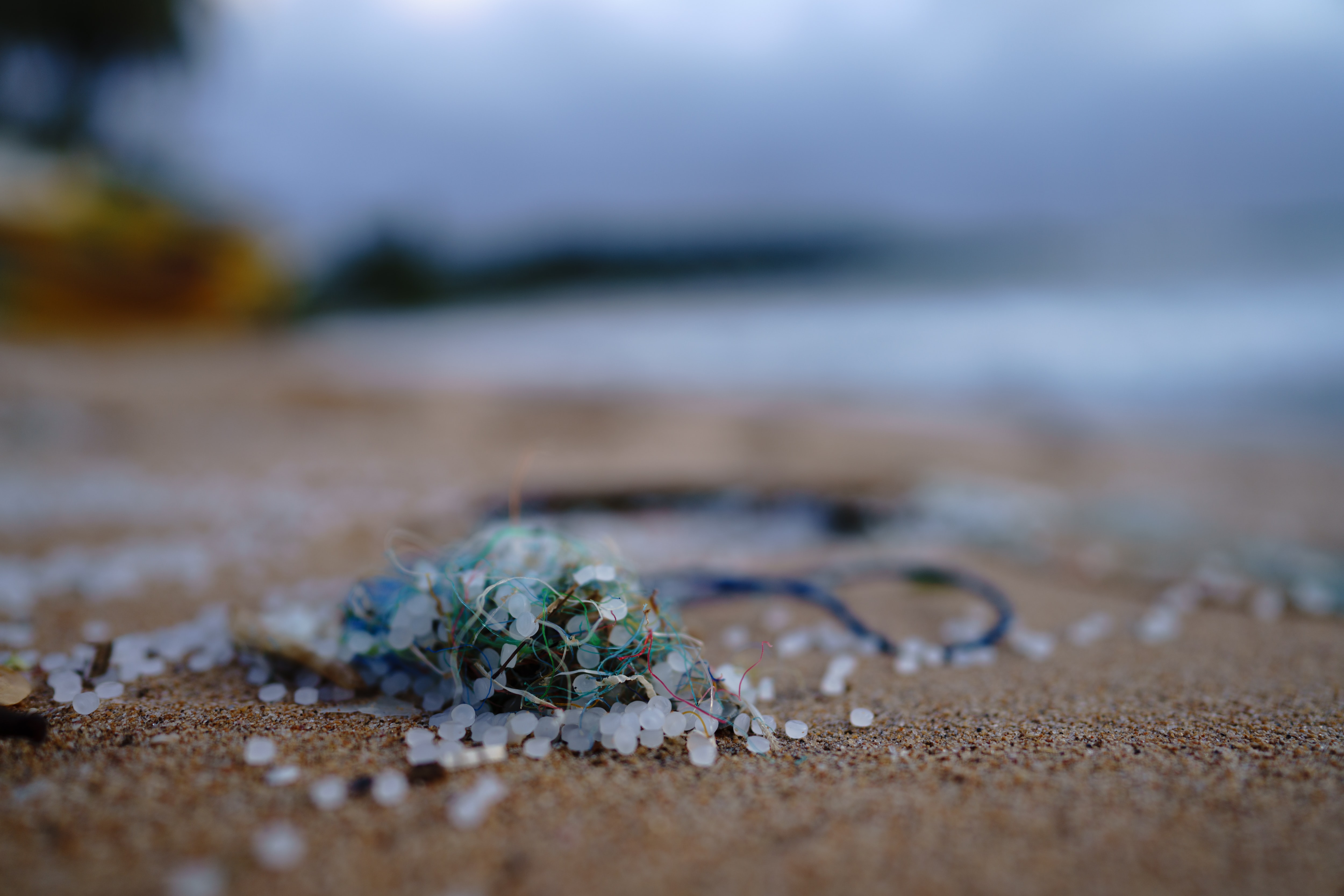
Sponges in Wellington Harbour are full of microplastics
Wellington researchers collected 45 sponges across six species at three sites in the capital's harbour, and found microplastics in every single one. Sponges in Evans Bay were found to have the highest concentrations of microplastics compared with Shark Bay and Mahanga Bay, and this is likely due to its close proximity to high-density urban areas. There are 10 stormwater pipe outlets within 1 kilometre of the site, compared with one and two outlets at Shark and Mahanga Bay respectively. Given that an estimated 80% of plastics in the marine environment come from land-based sources, the study suggests that microplastic abundance in sponges is mainly explained by the amount of microplastics the environment, rather than species identity.
Journal/conference: New Zealand Journal of Marine and Freshwater Research
Link to research (DOI): 10.1080/00288330.2023.2186440
Organisation/s: Victoria University of Wellington
News for:
New Zealand
Media contact details for this story are only visible to registered journalists.

